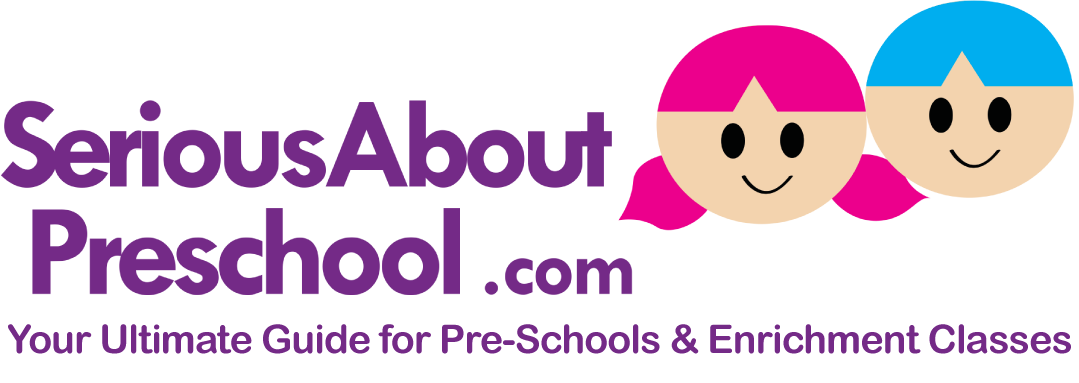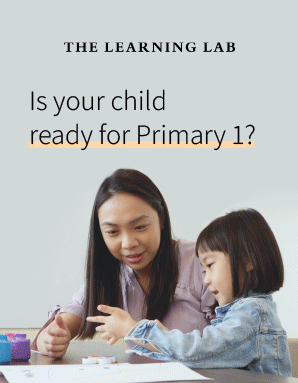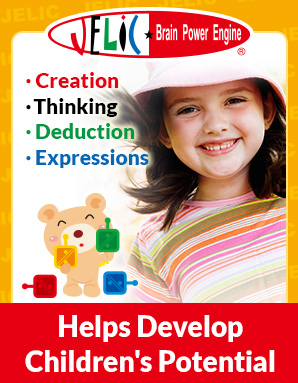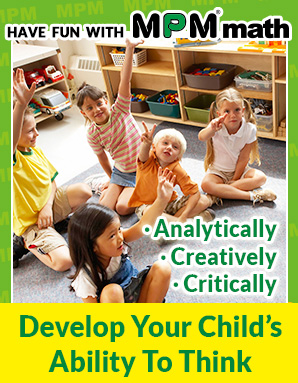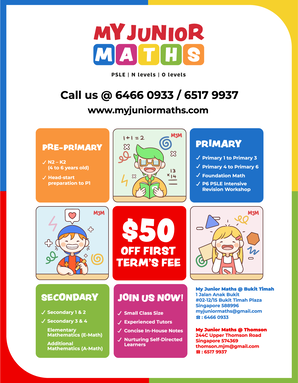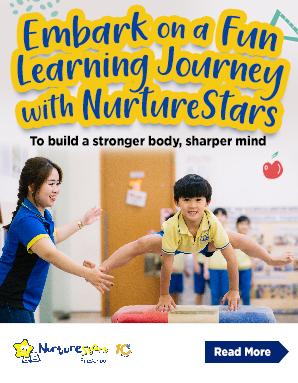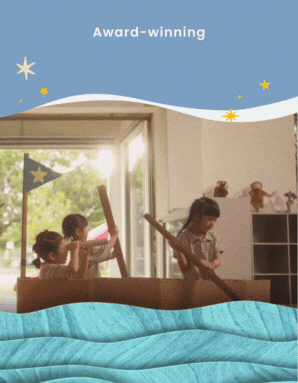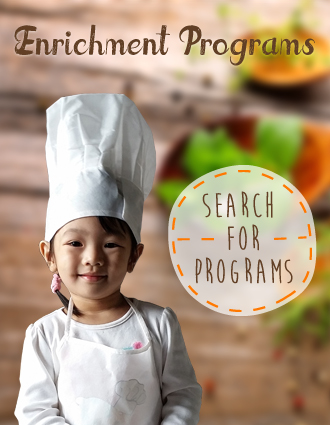How Music Education Can Benefit Your Child’s Learning - Kinderland
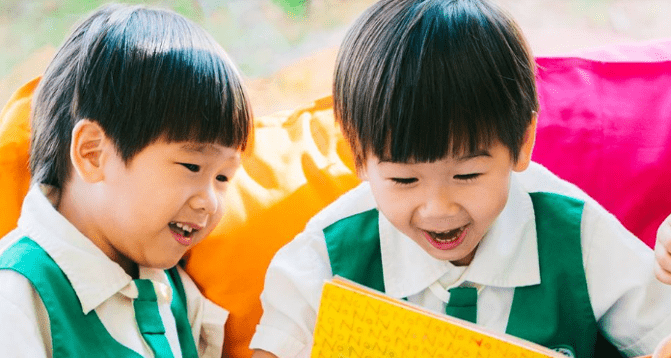
Recent studies on brain activity have suggested that brain regions are more interconnected than previously thought and that these different regions are often active simultaneously. Thus, it is important to pay attention to holistic learning and not to neglect non-academic learning, such as physical education, art and music. Abilities that are often associated with distinct learning areas are often related to one another and involve common brain networks. We spoke with Kinderland to understand more.
Holistic Learning and the Interconnected Brain
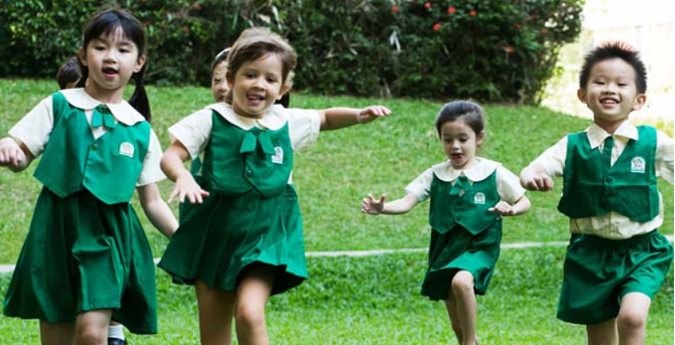
We often segregate abilities into distinct areas. Indeed, in school, academic content is segmented into subjects such as English, Mathematics and Science. This perhaps stems from historical influences; for example, Plato described a balanced curriculum as one that consists of the six subjects of logic, rhetoric, arithmetic, geometry-astronomy, music and dance-physical. More recently, Howard Gardner conceived of human cognitive abilities as multiple intelligences, including logic-mathematics, verbal, interpersonal, spatial, music, movement and intrapersonal. Due to this practice, we often think of intelligence as something that can be classified into distinct areas that are unrelated to one another. For example, a child may be “good at Math” but “bad at English”.
In Singapore, where schools and parents place great emphasis on high stakes examinations, this leads to some subjects being more valued due to their economic or practical value at the expense of other subjects. While marketing campaigns for learning products omit the interconnectivity between brain regions and different abilities in a bid to simplify how the brain functions, this interconnectivity suggests that multiple applications of a multifaceted intelligence are key to promoting a child’s development.
The Importance of an Integrated Curriculum

Early years centres are increasingly catching on to the need for a broad curriculum that promotes children’s all-round development. For example, Kinderland has an Integrated Curriculum that covers six developmental domains based on learning areas that the Ministry of Education has identified in the Nurturing Early Learners framework. These areas are Creative Expression, Motor Skills Development, Discovery of the World, Logical Thinking, Literacy and Social and Emotional Development. Thus, children enrolled in this programme would have rich opportunities to exercise their multifaceted intelligence.
Besides capabilities, Kinderland has also identified the need to develop sound learning dispositions such as to be curious, creative, confident, caring, capable and communicative – which are necessary for young children to take initiative in exploring their world and their abilities.
Music: A Key for Unlocking a Child’s Developmental Potential
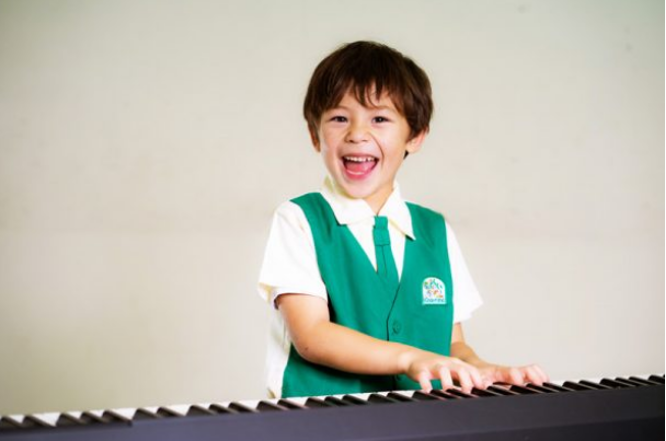
Music has long been included in early childhood programmes as an expressive form that enables children to develop a sense of self, as a psychological activity that helps children form connections with wider society, as literacy and as an activity that contributes to emotional wellbeing. It appears in several forms, including movement and dance, sound-making, listening and singing. These musical activities involve the combination of expression, emotion, non-verbal communication and cognitive understanding with intent and, often, performance.
As children’s early speech patterns are prosodic, music, particularly singing, is an integral means by which adults emotionally communicate with young children. Furthermore, hearing is the first sense fully developed in a child and thus, is an important point of reference for young children. Hence, Gardner has suggested that music, based on active listening and expression, is the first of the multiple intelligences that a child can use to make meaning. This has also led to the approach of viewing music as a language in early childhood; it is a non-verbal text or symbol system in itself, and serves as an accessible mode of communication by which children can express their thoughts, feelings and interpretations of their worlds. Hence, it promotes children’s thinking and consciousness.
Through engagement with music, children can process their experiences and express these interpretations of their lived realities. While children interact and experiment with musical forms, adults who are more knowledgeable of the music culture scaffold them, resulting in them gaining understanding of musical conventions and tools, and growing in their ability to use music for self-expression. Music also promotes expressive engagement, a state that is highly enriching for children’s learning as they demonstrate great focus, participate in intense mental activity and exercise creativity. The provision and learning of musical instruments, in particular, allows children to engage with music actively and personally rather than playing a passive role in the process of music exposure.
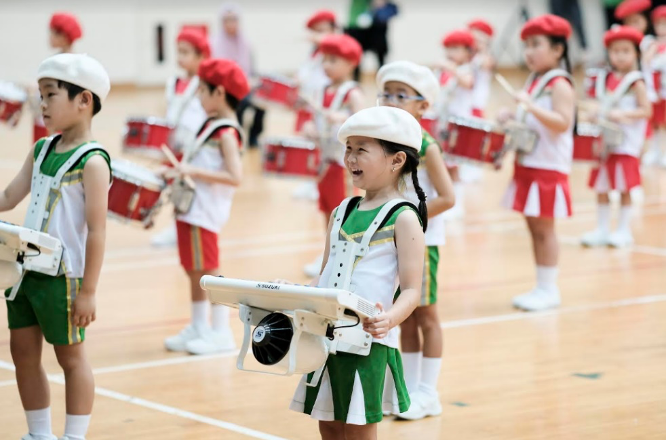
Benefits of Music in Preschool Curriculum
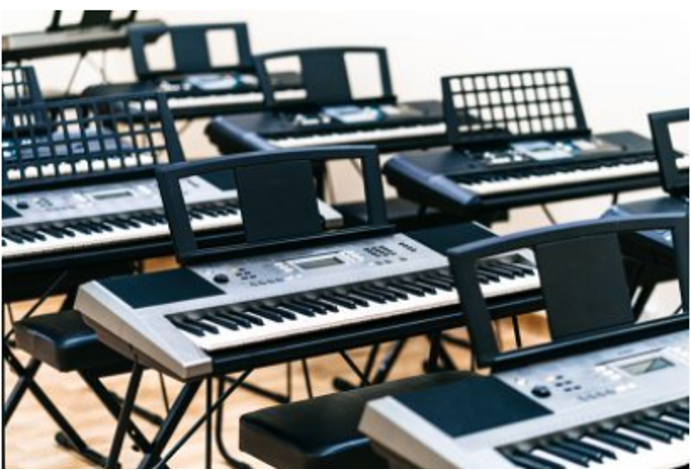
Some examples of incorporating music into the curriculum includes allowing children to explore musical instruments and being able to “have a conversation” using these instruments to communicate meaning. At Kinderland, their music programme provides children with opportunities to learn the keyboard, which not only develops hand-eye coordination but also enables children with the skills to engage in musical communication with a keyboard. Furthermore, as the only preschool in Singapore with a stage ensemble and marching band, Kinderland provides rich opportunities for children to develop listening skills, interpret non-verbal language, a sense of drama and duration, and cooperate in order to engage in musical activity and performance.
Even without musical instruments, musical activity such as singing is valuable to children’s all-round development; studies have linked singing to language, cognitive and social development. Teachers can also leverage on the natural relationship between music, dance, drama and literature to foster learning. Indeed, research has shown that musical activities such as songs, rhymes and rhythmic games support the development of phonemic awareness. As children engage with other forms of text such as books and movies, music can add sensory, semiotic and aesthetic dimensions to these experiences and enrich sensory engagement with media. For example, children can playfully dramatize songs, or dramatize stories along with songs.
Tips for Parents: How to Engage Children in Musical Play to Promote Learning at Home

While a robust curriculum at kindergarten is critical to fostering all-round development, parents also play an important role in ensuring continuity of children’s learning at home. Outside of formal musical training, parents can create opportunities for musical play by supporting their children in exploring, improvising or creating with sound, with or without musical instruments. This includes exploring vocal, instrument and environmental sounds, and how they are made.
Some examples include:
- Adding a musical dimension to a picture book by using percussion instruments, clapping or pitching, everyday objects or vocal sounds to create sound effects, thus creating and recognizing melodic and rhythmic patterns;
- Encouraging children to sing along to refrains or alliterations in picture books;
- Creating a story around a song, or a song around a story;
- Joining in children’s musical play (for example, hitting objects against one another to explore sounds) on the child’s level, or engaging in parallel play by their side.
These casual play experiences can develop children’s understanding of rhythm, melody, tempo, dynamics and tone colour, and also promote language development, cognitive development, and allow children to express and manage their feelings. It also builds their self-esteem as they learn to take risks.
Most importantly, let the children direct the play and have fun! It is integral for parents to respect children’s responses to their ideas and to express pleasure in these play interactions.
Through these rich interactions with music both at early years settings and at home, children will have many immensely rewarding musical experiences that will also contribute greatly to their holistic development.
Contact Kinderland to find out how to enrich your child’s preschool education now!
Article brought to you in partnership with Kinderland.






